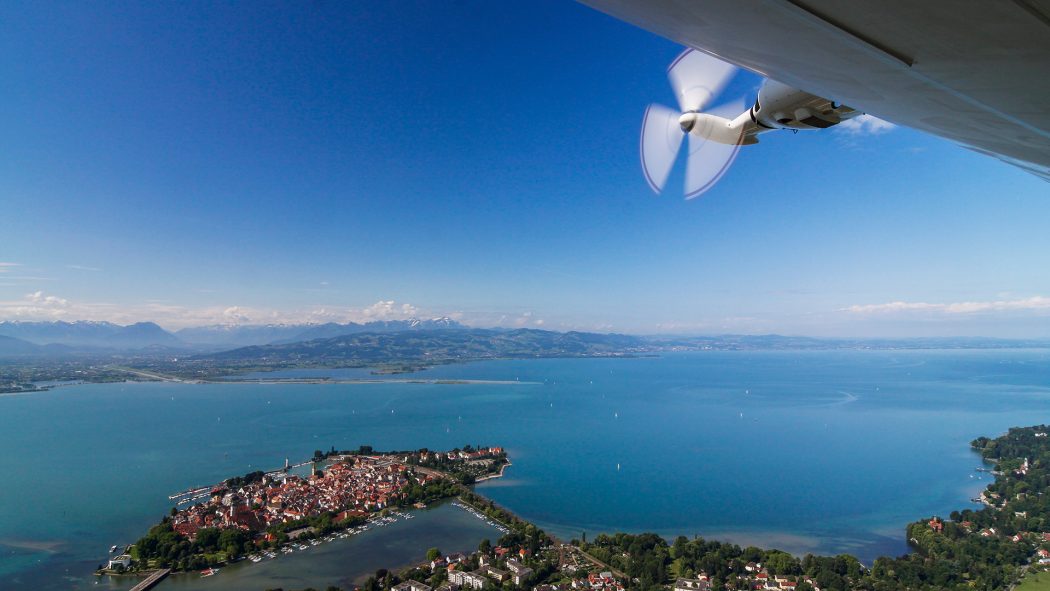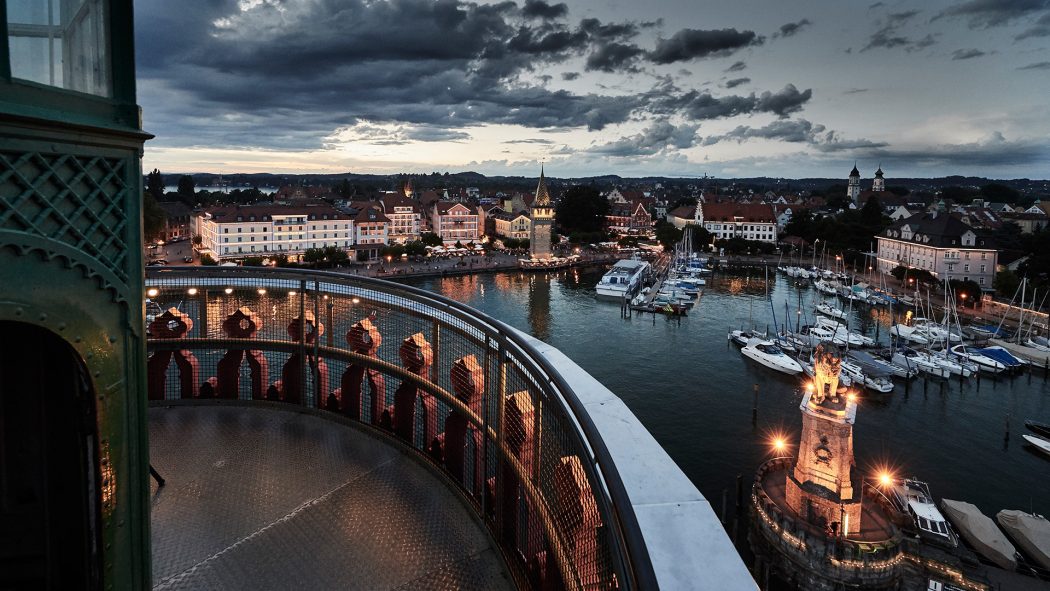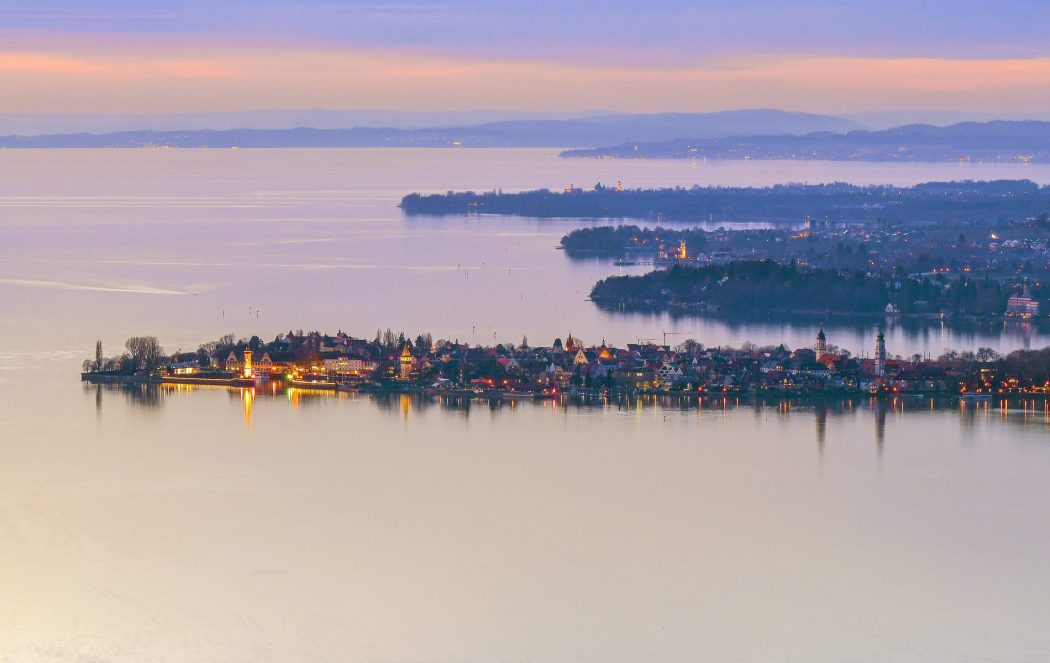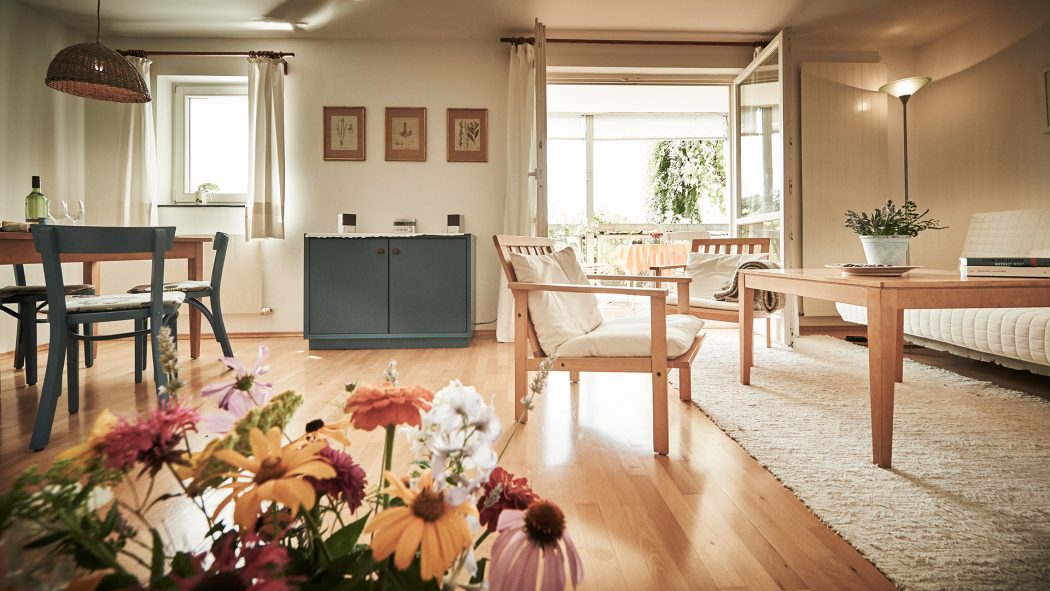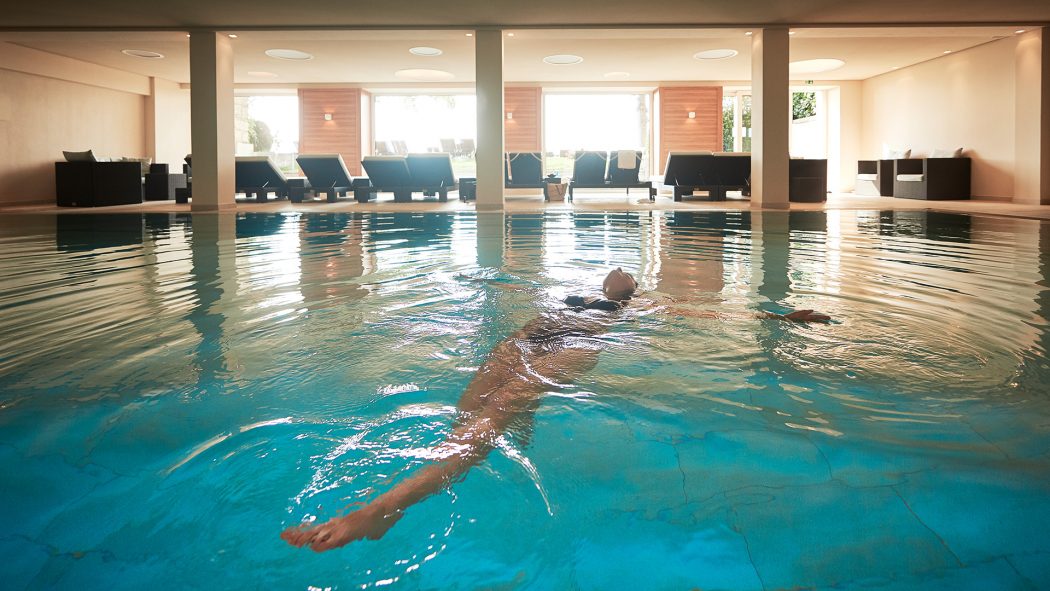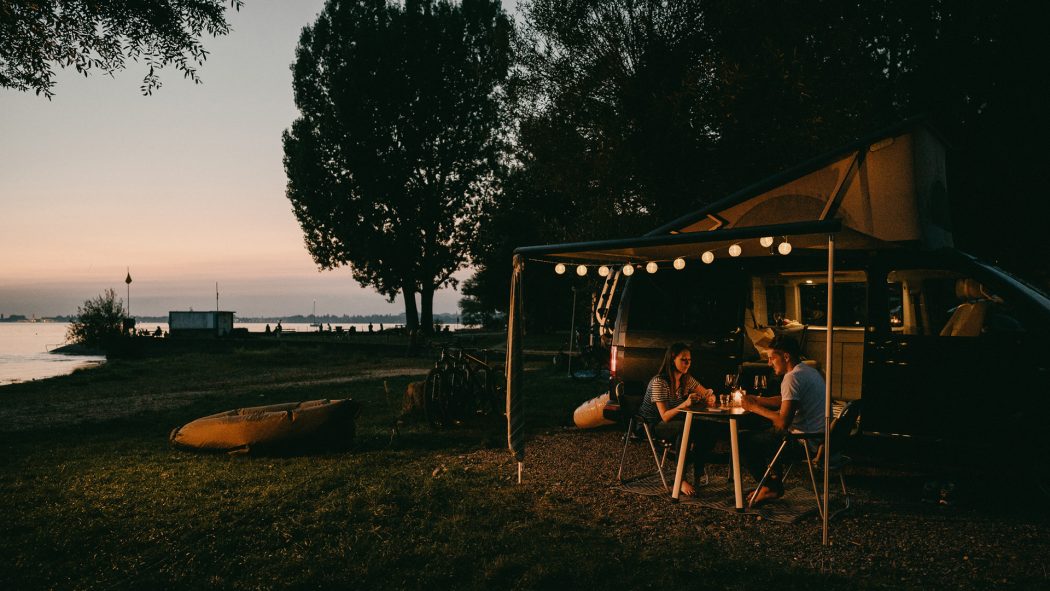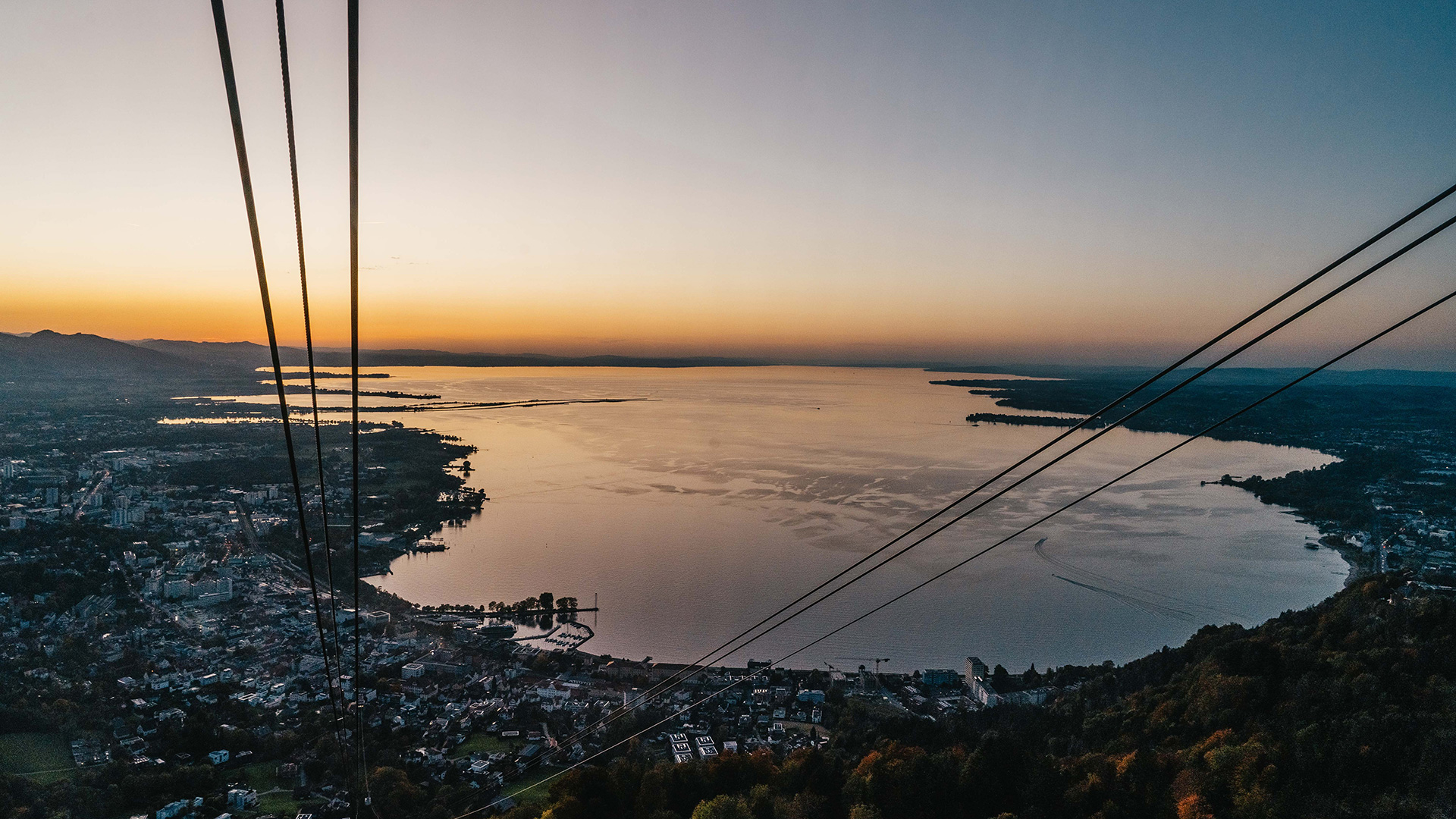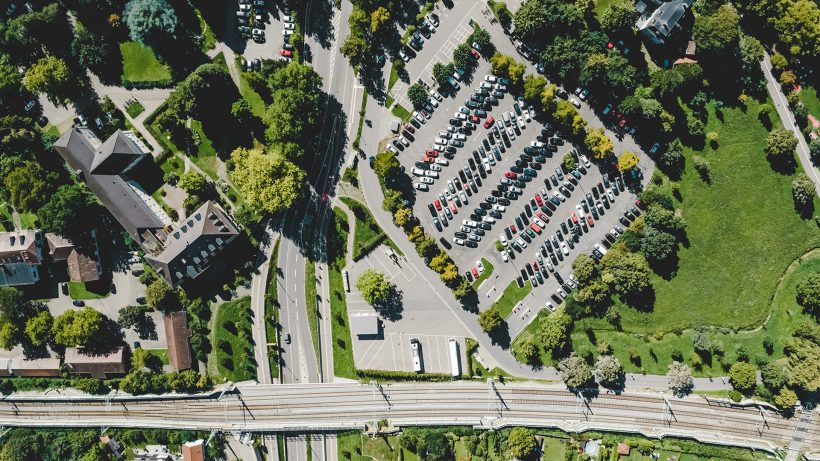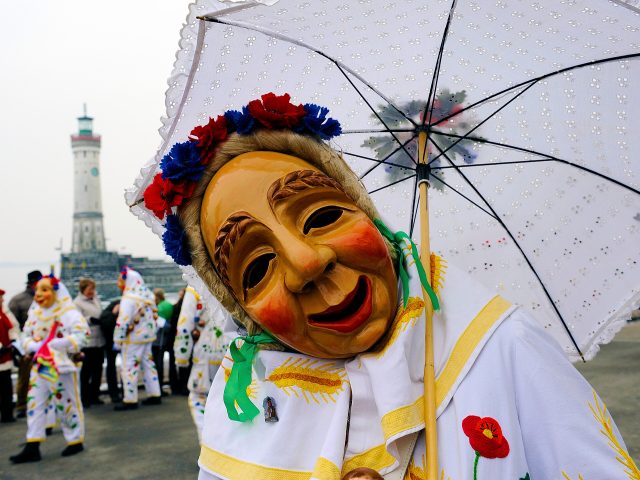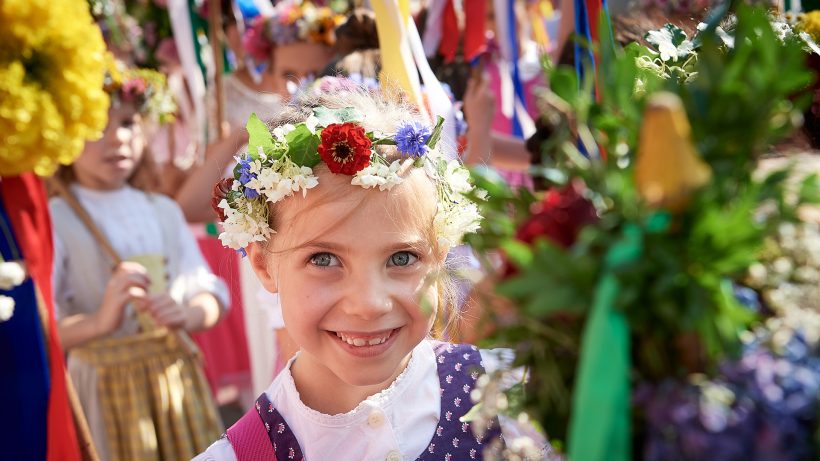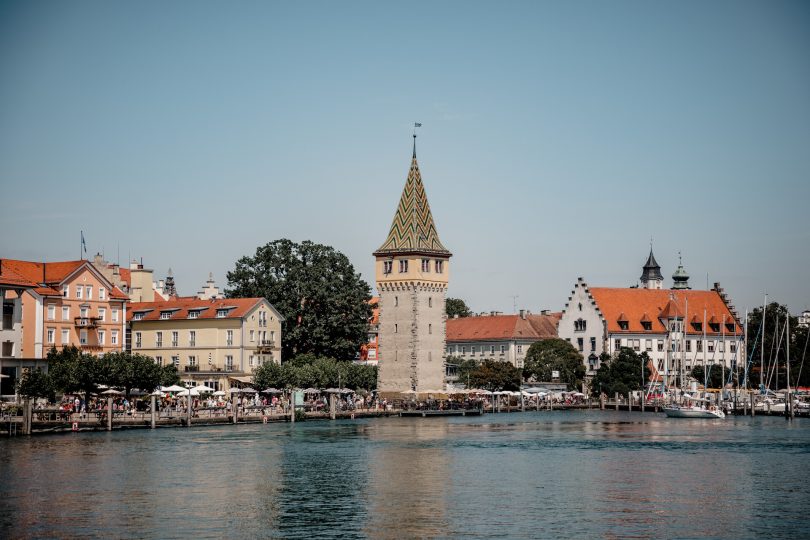
Welcome to Lake Constance, which connects three countries and is one of the best known and most popular holiday regions in Germany, Austria and Switzerland. With an area of almost 540 square kilometres, Lake Constance is not only the largest inland lake in Germany, but also the third largest water of its kind in Central Europe.
A shore for all
Lake Constance consists of the large Obersee, on which Lindau and the entire Austrian shore are located, and the smaller Untersee, which lies exactly on the border between Switzerland and Baden-Württemberg. Both parts are connected by a section of the Rhine about four kilometres long – the so-called Seerhein.
At its widest point, Lake Constance measures 14 kilometres, in some places it runs up to 250 metres deep.
The approximately 273 kilometres of shoreline are shared by three federal states:
Germany: 173 km – of which 155 km are in Baden-Württemberg and 18 km in the district of Lindau (Bavaria/Swabia)
Switzerland: 72 kilometres
Austria: 28 kilometres
Three country corner and four country region
Due to its geographical location, the Lake Constance region is also known as the border triangle: Austria, Switzerland and Germany are sometimes only a stone’s throw away from each other.
The term four-country corner also includes Liechtenstein: the Principality, which is only 25 kilometres long, lies around 40 kilometres south of Lake Constance, embedded between Austria and Switzerland. Due to its geographical location, the sixth smallest state in the world has an important share in the economy, tourism and general interests of the Lake Constance region. For this reason, the principality’s delegates are also represented in important bodies such as the International Lake Constance Conference.
Islands of Lake Constance
The eleven islands of Lake Constance are among the most important excursion destinations in the region and almost all of them can be reached by boat.
- Reichenau is the largest island of Lake Constance and is known for the numerous varieties of vegetables and herbs that are grown there.
- Lindau is the second largest island and with its medieval town centre and Mediterranean flair attracts around 1.3 million guests annually.
- Mainau is the third largest island and is nicknamed the “flower island”: The approx. 45 hectare Mediterranean oasis with citrus plants, palms and other exotic plants is owned by the Swedish noble family Bernadotte.
The smallest island in Lake Constance also belongs to Lindau: it is the island of Hoy, which lies east of the pier near the Toskanapark. The approximately 53 square meter piece of land in the lake was once laid out by the owner of the nearby Villa Seeheim. Today the island of Hoy is part of a nature reserve.
Cities at Lake Constance
The largest city on Lake Constance lies exactly between the Upper and Lower Lakes – it is Constance with around 84,000 inhabitants. It also gives Lake Constance its name in English: “Lake Constance”.
Lindau is the most famous tourist centre on the Bavarian part of the lake: our town of almost 25,000 inhabitants with its landmark – the lion and the lighthouse – is one of the sights that you absolutely must see when you visit Lake Constance.
On the Austrian side, Bregenz in particular attracts many guests: The capital of the province of Vorarlberg has 29,000 inhabitants and is internationally renowned for its festival on the world’s largest lake stage.
Of the Swiss cities on Lake Constance, Kreuzlingen is the largest with just under 21,000 inhabitants – it impresses above all with its Seeburg and the popular sailing harbour.
Weather at Lake Constance
The weather at Lake Constance is often and rightly described as Mediterranean. Mild temperatures and high humidity ensure pleasant days and nights: thanks to the fresh sea breeze it doesn’t get too hot in summer and not too cold in winter.
Due to the proximity to the Alps, however, the so-called Föhn blows frequently – a dry down wind: it is responsible for a wonderful view from afar, but can also create waves several metres high. Especially inexperienced water sports enthusiasts should not underestimate these rapid weather changes!
Excellent climate for fruit, vegetables and wine
Thanks to the year-round mild climate, Lake Constance is predestined for vegetable and fruit growing. Lake Constance apples are internationally popular.
Less well known is the fact that extremely tasty wines, some of them award-winning, also come from this region. The most popular of the fruity and aromatic grape varieties grown here include Müller-Thurgau and Pinot Noir.
Nature at Lake Constance
Lake Constance is a natural paradise. To ensure that this remains so, there are an extraordinary number of nature reserves, some of which are home to rare plant and animal species.
The Wollmatinger Ried – Untersee – Gnadensee nature and landscape conservation area is the largest at 767 hectares and is home to an extremely diverse flora and fauna.
In the Lindau district, the dense reed belt between Nonnenhorn and Wasserburg is under protection.
Frequently encountered water birds on Lake Constance are coots and great crested grebes, which can be found almost everywhere along with swans and ducks. The best known of the 30 or so species of fish in Lake Constance is the Bodensee-Felchen, which is served freshly caught in many restaurants.
